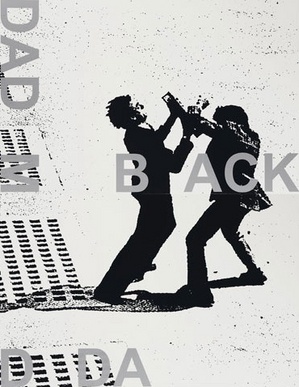This is an archive of the ArtCat Zine, 2007-2009. Please visit our new project, IDIOM.
Culture and American Inequity

As has been hyperlinked, excerpted and commented on extensively elsewhere across the net, the New York Times' Holland Cotter has penned a bracing text on what he sees as an imminent future for art makers characterized by extensive de-commercialization and market contraction. Cotter sketches for us an inspiring historical legacy of a city that found itself, culturally speaking, at the bottom of an early 70s economic downturn. It's a time hard to conceive in the thoroughly neoliberal vision that is contemporary New York, where basic life necessities like health insurance are often contingent on full-time employment and the ever ballooning cost of live and work space makes keeping a discreet studio less and less realistic for many young writers and artists.
Similarly spirited, if more politically explicit, is Walter Benn Michaels' recent text on American literature and social inequity appearing in the pages of Bookforum this month. The ever popular memoir, Benn Michaels argues -- that most Thatcherite of literary genres -- is the marker of a society orientated towards the alienation of the individual in every respect: in success, as in failure and destitution, we are a mass of solitary actors accountable exclusively to ourselves and our own appetites. Contemporary postmodern and historicist fiction meanwhile, obscures the conditions of the present by working towards the continual re-imagining of some past or another, obsessing over the West's 20th century triumphs over fascism, totalitarianism and the Cold War. And yet nowhere is accounted the growing disparity between rich and poor, starker in this country two years ago than it has been for nearly the past century. Benn Michaels writes:
In 2006, according to the economists Thomas Piketty and Emmanuel Saez, the top tenth earned about half of all the money made in America, more even than in 1928, till then the highest figure of the century. The bottom quintile got 3.4 percent. For a great many Americans, in other words, the boom has been the problem, not the crash.
ZINE
HOME
TIPS / COMMENTS
CATEGORIES
CONTRIBUTORS
- Greg Afinogenov
- B. Blagojevic
- Adda Birnir
- Susannah Edelbaum
- Julie Fishkin
- Paddy Johnson
- Jessica Loudis
- Christopher Reiger
- Andrew Robinson
- Peter J. Russo
- Blythe Sheldon
- S.C.Squibb
- Hrag Vartanian
